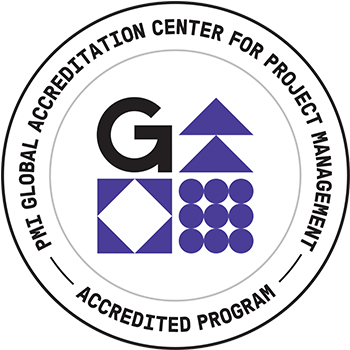Best Practices for Confronting Resiliency and Sea Level Rise – DeGuzman
Abstract:
There are several different efforts underway to help our nation, our military, and our local communities improve resilience so we can minimize disruptions to daily activities, business operations, military operations, and maintain the health and safety of our citizens. Improved resilience will help guard against threats coming from increased storm frequencies/ intensities, tidal flooding, and the threat of rising sea levels. But resilience should also guard against threats from other types of disruptions such as natural disasters, public health pandemics. Southeastern coastal Virginia (including Norfolk, Virginia Beach, Portsmouth, Suffolk, Hampton, Newport News, Chesapeake, as well as other municipalities in the Virginia Peninsula) and the NY/NJ/ CT Tri-state area are extremely important centers of gravity for these efforts: thriving regions composed of a diverse municipalities that recognize the threats of sea level rise (SLR) and recurring flooding events. These areas are both particularly susceptible to threat of increased flooding and SLR because of their comparative elevation, the proximity of critical assets to the waterfront, and the rapid rate of relative sea level rise.
Fortunately, federal agencies and state/ local entities are working together to identify the biggest risks associated with SLR and plan mitigating actions to improve resiliency. They have important stories to tell that can serve as examples of how communities can come together to address a tremendously complex problem. Attendees will hear their stories of critical work in the resilience arena and how collaboration with their neighbors and their communities has helped them make progress. Attendees will also learn about best practices to improve resilience and their plans for addressing the challenges of SLR.
PMI Talent Triangle: Strategic and Business Management


